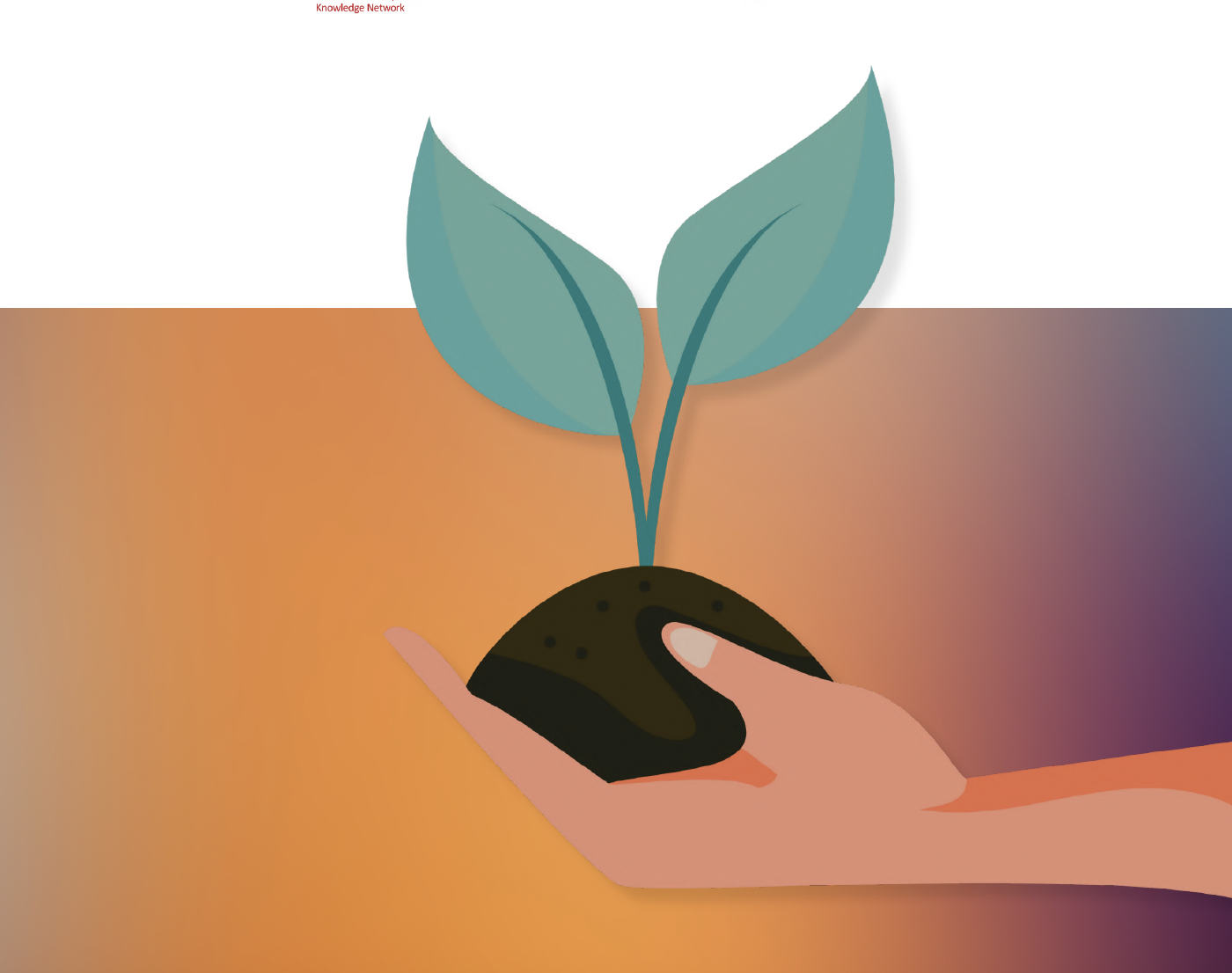Summary * 1Many ecological management problems involve assessing competing options based on the trade-off between economic costs and short- and long-term probabilities of success. In many cases the time to success is crucial, and opportunity costs may be greater than direct costs of implementation. We analyze the problem of how to choose between options when risks of failure vary systematically. * 2Ecological uncertainty propagates through to uncertainty about economic outcomes. We used an ecological model of tree recruitment that accounted for uncertainty surrounding the effects of climate and seed fall, coupled with a farm economics model, to examine how a land manager should act when deciding between active and passive revegetation (planting seed/seedlings or relying on natural recruitment, respectively) for restoration purposes on a farm managed for livestock production. * 3The outcome of the analysis was driven by the relative sizes of up-front costs and opportunity costs, which were a function of potential productivity and the time until successful revegetation was achieved. Active revegetation was less costly than passive revegetation in high-productivity situations because there was less risk of long periods without production and the associated opportunity costs. At low productivity, passive revegetation was less costly than active revegetation. However, because the probability of a successful outcome increased over time, passive revegetation is only likely to be preferred over medium time-frames (> 5 years) and the strategy may not be chosen by risk-averse farmers. * 4Synthesis and applications. This analysis has implications for (i) decision-making by individual land managers and regional planners and (ii) the design of policies for the delivery of incentive schemes targeted at revegetation. Risk-averse individual land managers are likely to select active regeneration scenarios, particularly when costs of capital works are shared with the community. For a regional planner, the analysis aids thinking about the probable balance of financial assistance schemes for attaining regional objectives: over high-productivity areas, capital works programs and short-term opportunity cost incentives (< 5 years) are cheaper; at low productivity, incentive schemes for medium- to long-term land retirement will be cheaper. This analysis provides a starting point for devising the mix of approaches required to achieve broad-scale revegetation targets, which would include greater investment in uncertain, long-term strategies.
Integrating ecological uncertainty and farm-scale economics when planning restoration
Year: 2008
































































































































































































































































































































































































































































































































































































































































































































































































































































































































































































































